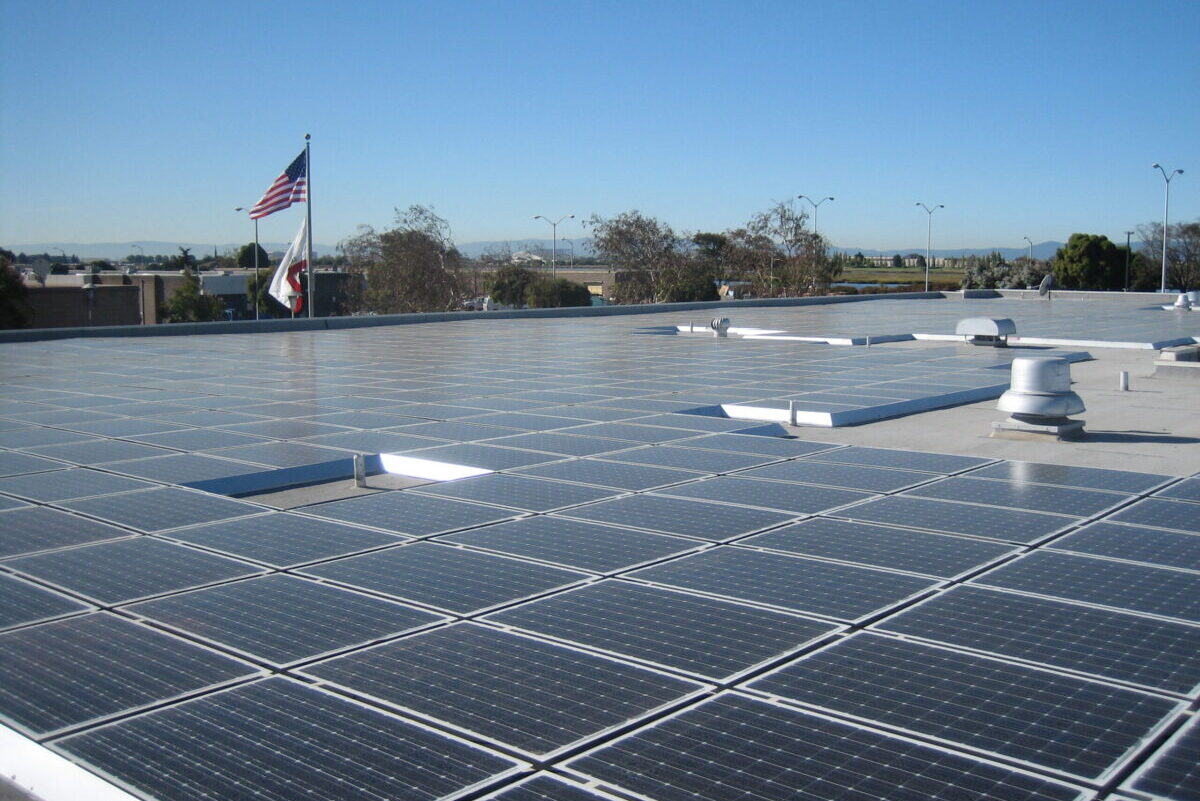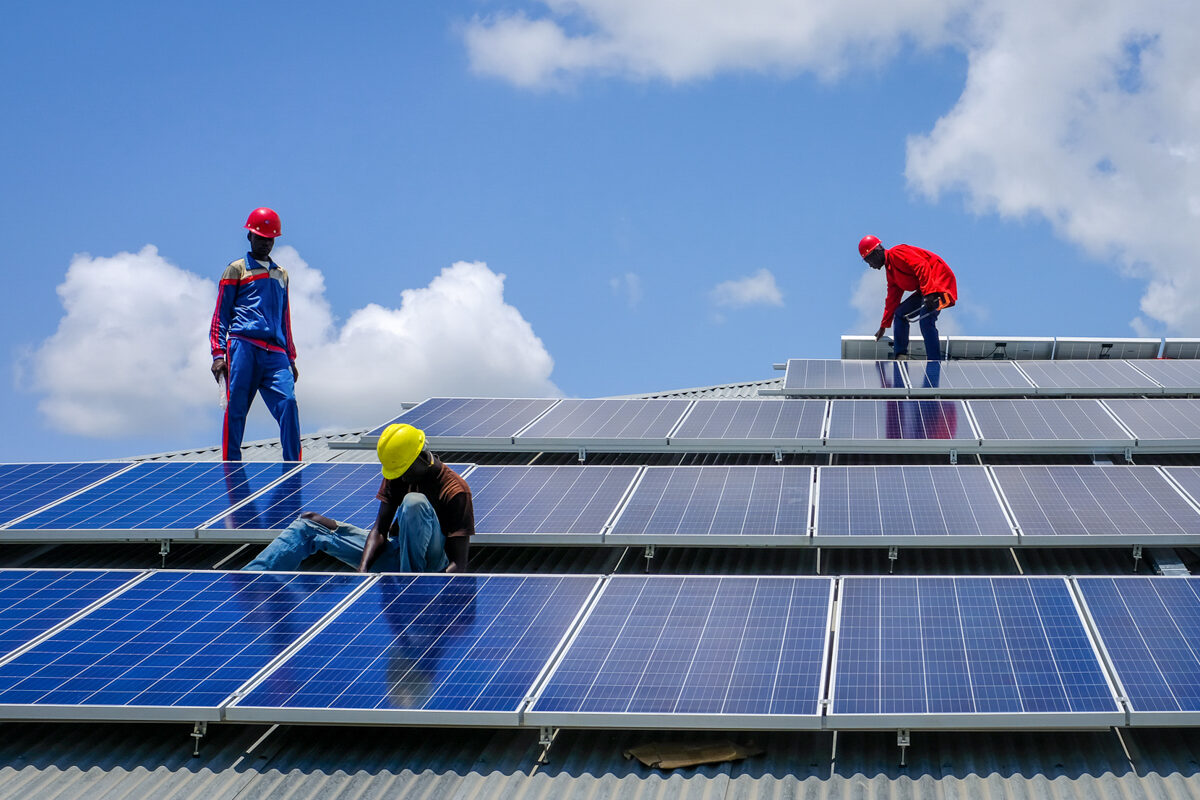As we stare ahead in an uncertain future where climate change is likely to impact each of us, we need a platform that gives people sustainability. Thus, sustainability remains a cornerstone for Denver city and its residents.
In our guide, we discuss deeply the main problems that Denver faces when it comes to attaining a sustainable future. We will explore situations facing us and track and see if the efforts placed are bearing any fruits. We will conclude by explaining better ways to develop sustainable practices in our daily routine.
A Little History to Start Off
In the past decade, our City has not recorded much progress in terms of sustainability. The sustainability goals were nearly met. The deviation is mainly attributed to the quickly evolving understanding by the people about climate change and its disastrous effects. However, the primary blame goes to disjointed efforts and inaction.
Recent Developments That Have Stirred Denver’s Sustainability Efforts
Jolon Clark, who acted as a city council president and member, helped address sustainability. He realized that people working in different departments have the same goals. He emphasizes the need for people to work together as one to achieve the desired results.
Word got around that Jolon wanted to develop a new sustainability office that relied on natural gas and electric utilities. His move drew attention, and there was a task force created in the office which unanimously agreed to come up with policies and recommendations to urge Denver to kick start their actions.

Main Focus of the Task Force
The task force focused its efforts on four primary areas; transportation, buildings and homes, waste and electricity supply, and consumption emissions. These four areas are interconnected, making it easier to score through them.
The Future Denver Should Look Forward to
Denver should expect regenerative buildings which can improve the environment and undo the damage caused by other pollutants.
To achieve this, the vision emphasizes the need to improve homes and buildings and term it as the key to a better community. The City is expected to set incremental guidelines on structures every three years to improve sustainability.
1. Within Five Years
New homes and 50% of existing buildings will be operating 100% zero emissions. Homes will use 10% less energy with better air quality. The result will be more tree canopy, green space, and other related green infrastructure

2. Within Ten Years
All new buildings will emit net 0 emissions as 50% of buildings supply energy to the grid. There will be more affordable housing units due to fewer energy costs. Also, the houses will be free from air pollution and extreme weather effects.
3. Green Infrastructure
Cars contribute greatly to air pollution. But moving forward, it is expected that the city will have connective networks to allow residents to connect the city without cars. Already, there is a Denver Green Infrastructure Implementation Plan in place to ensure this.
So, everyone benefits from going green and green infrastructure. It also means more wildlife and an aesthetically pleasing environment. Due to reduced pollution, there will be fewer respiratory illnesses, fewer asthma cases, and heart attacks.
